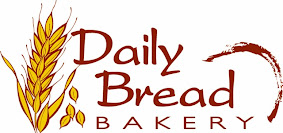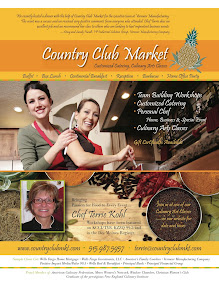
Oil palm happens to be the main agricultural crop around here. This tiny country grows some 600 million trees, which takes up over half of their agricultural land. (20% of Malaysian land is farmed) Palm isn’t just farmed here. No, 60% of the country is covered in forest, including some of the worlds oldest virgin forests.

The unique thing about processing palm is that it makes two oils from one plant: palm kernel oil-made from the fruit’s core and palm oil made from the fruit’s flesh. Palm is the only fruit to produce two chemically different oils.

Many products we buy at the grocers have palm oil on the ingredient list. It’s not just an affordable fat, but unrefined palm fruit oil is full of vitamins. It is a great shortening for baking as it is naturally solid at room temp, needing no hydrogenation. This means it has no trans fatty acids, and because it’s not an animal product, it is free of cholesterol.
I have to be truthful, being surrounded by all this agriculture made my eyes start to moisten. It just felt so homey here. . . and our tour guide was such a sweet man it was hard not to miss the sweetness of the cornfields and my father back home. I guess you can take the farmgirl out of the farm an throw her into the jungle, but you can’t take the farm out of the girl no matter where she goes.










2 comments:
Hi there, I'm living in East Africa where I can get home-made palm fruit oil at the market, but it's not solid at room temperature like you said but more like a thick soup, very red in color. I'm wondering if what I bought is watered down somehow... I have no idea about the process of making palm fruit oil at the home-made level... they sell it in recycled glass bottles. Anyway, I'm looking for recipes as I'd like to use it for baking, butter is so expensive here and imported from New Zealand!
February 28, 2012Red palm oil is less refined than the white palm oil and is healthier from the carotenes (precursors to Vitamin A) and the antioxidant tocotrienols (Vitamin E). This means that your palm oil has a lot more in it other than the saturated fat including more unsaturated fats that are liquid at room temperature. When your jar is left at room temperature the most saturated fats should settle to the bottom of the jar leaving a more fluid soupy collection of fats toward the top. As long as the only ingredient listed is some form of Virgin Red Palm Oil and no other oils you are working with a pure product. .. I Hope that helps answer your question. Sorry for the delay in getting back to you. I'll try to post some recipes. But your best bet is to use palm oil in place of "shortening" as listed on recipes. Palm oil will make things cakey rather than chewy in the cookie world so using it as a replacement will change texture but still make a decent product.
October 03, 2012Post a Comment